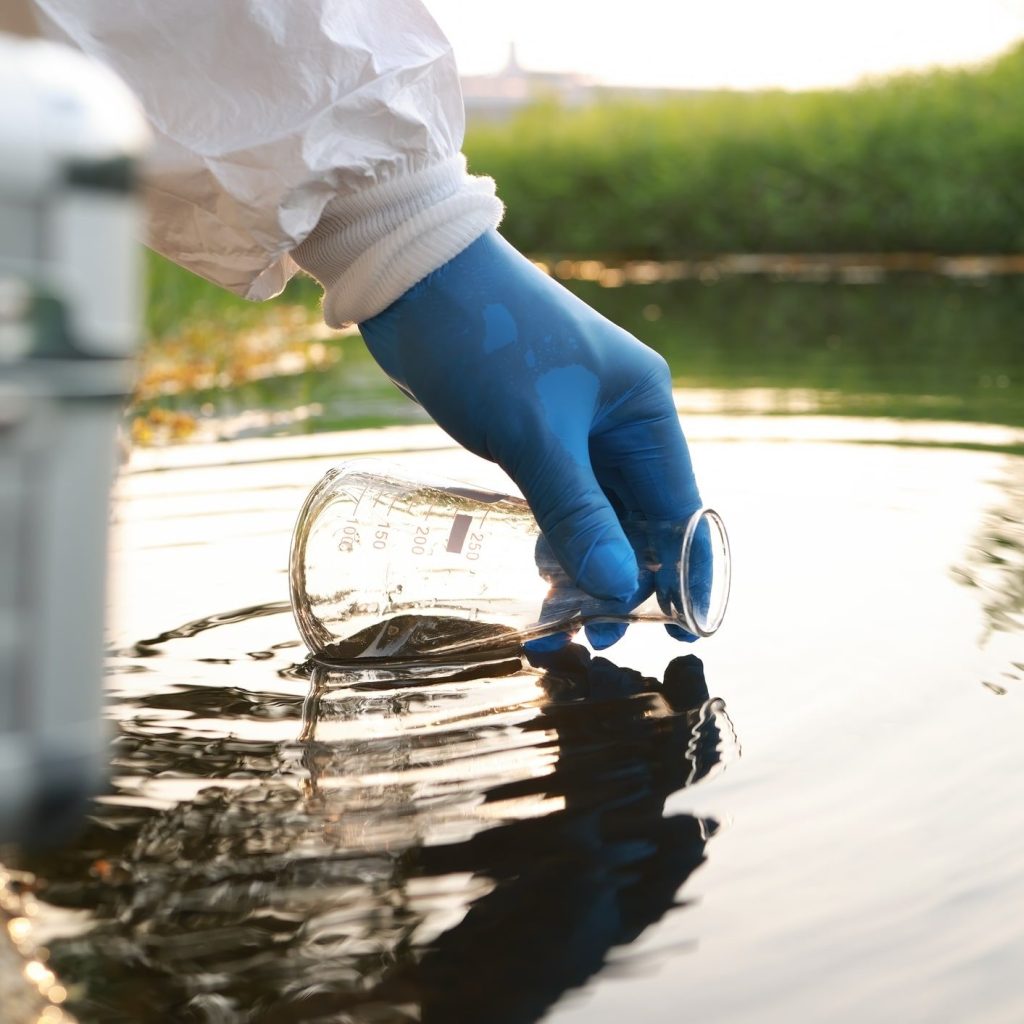Camp Lejeune Water Contamination Claims Are Being Filed Now!
Did you or a loved one reside at Camp LeJeune between 1953 & 1987 for 30 days or more?
YOU MAY BE ELIGIBLE FOR FINANCIAL COMPENSATION! TIME IS LIMITED! GET YOUR FREE CLAIM REVIEW.
Even though the contamination was known, proper actions were delayed until the 1980s. As a result, people were subjected to the polluted water for an extended period. The gravity of the issue was finally recognized when the Environmental Protection Agency (EPA) declared both the base and the associated dry cleaner as Superfund sites in 1989, highlighting the severity of the contamination.
Schedule a Free Case Review
"*" indicates required fields

Who May Be Eligible For Compensation
Individuals who may be eligible for compensation from the Camp Lejeune contamination case typically include military personnel who were at Camp Lejeune between 1953 and 1987 for 30 days or more consecutive days.
Eligibility often hinges on proving residence or work on the base during the specified timeframe and showing a direct link between the contaminated water and diagnosed health conditions, such as certain types of cancer, birth defects, and other chronic illnesses. It’s important for anyone who believes they may be eligible to consult with legal experts specializing in this area, as they can provide the most current and detailed advice on eligibility and the claims process.

How Do I Find Out If I'm Eligible For Compensation?
Please fill out the form above so we can help you confirm your eligibility and begin your path to justice.
The Obama administration initiated measures to compensate the victims, establishing over $2 billion in disability benefits. This effort was bolstered by a $350 million fund from the Department of Veterans Affairs earmarked for healthcare and related services. Settlements for individual victims have been substantial, with some receiving as much as $1.1 million.
Legal redress for victims faced challenges, notably North Carolina’s 10-year statute of limitations, which initially restricted many from filing lawsuits. The situation changed with the 2021 introduction of the Camp Lejeune Justice Act, which waived this statute of limitations, allowing victims to pursue legal action regardless of when they discovered their exposure.
Frequently Asked Questions
This is a practical question regarding the steps involved in initiating a claim, including where to file, what forms to complete, and the overall process for seeking compensation.
These questions are crucial in helping affected individuals understand their rights and the process for seeking justice and compensation for the harm they’ve endured.
This is a practical question regarding the steps involved in initiating a claim, including where to file, what forms to complete, and the overall process for seeking compensation.
These questions are crucial in helping affected individuals understand their rights and the process for seeking justice and compensation for the harm they’ve endured.
Potential claimants frequently inquire about the type of documentation or evidence needed to prove their presence at Camp Lejeune during the relevant period and to establish a connection between their health issues and the contaminated water.
This question focuses on understanding which specific illnesses or medical conditions are linked to the water contamination and are therefore eligible for compensation. It usually includes various types of cancers, birth defects, and other serious health conditions.

This is a legal advertisement
ATTORNEY ADVERTISING DISCLAIMER
The information you obtain at this site is not, nor is it intended to be, legal advice. You should consult an attorney for advice regarding your individual situation. We invite you to contact us and welcome your calls, letters, and electronic mail. Contacting us does not create an attorney-client relationship. Please do not send any confidential information to us until such time as an attorney-client relationship has been established. Prior results do not guarantee a similar outcome.